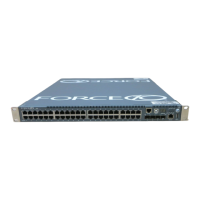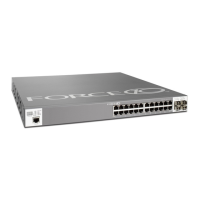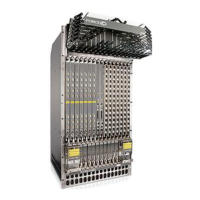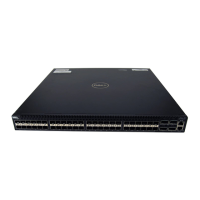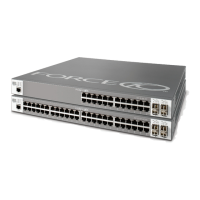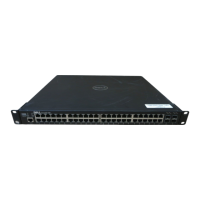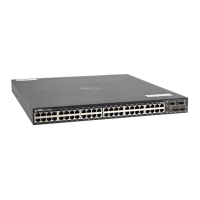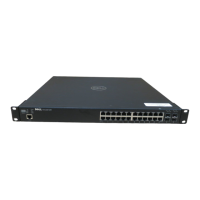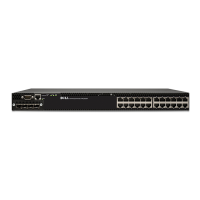442 | IPv6 Routing
www.dell.com | support.dell.com
Protocol Overview
IPv6 is an evolution of IPv4. IPv6 is generally installed as an upgrade in devices and operating systems.
Most new devices and operating systems support both IPv4 and IPv6.
Some key changes in IPv6 are:
• Extended Address Space
• Stateless Autoconfiguration
• Header Format Simplification
• Improved Support for Options and Extensions
Extended Address Space
The address format is extended from 32 bits to 128 bits. This not only provides room for all anticipated
needs, it allows for the use of a hierarchical address space structure to optimize global addressing.
Stateless Autoconfiguration
When a booting device comes up in IPv6 and asks for its network prefix, the device can get the prefix (or
prefixes) from an IPv6 router on its link. It can then autoconfigure one or more global IPv6 addresses by
using either the MAC address or a private random number to build its unique IPv6 address.
Stateless auto-configuration uses three mechanisms for IPv6 address configuration:
• Prefix Advertisement - Routers use “Router Advertisement” messages to announce the Network
Prefix. Hosts then use their interface-identifier MAC address to generate their own valid IPv6 address.
• Duplicate Address Detection (DAD) - Before configuring its IPv6 address, an IPv6 host node device
checks whether that address is used anywhere on the network using this mechanism.
• Prefix Renumbering - Useful in transparent renumbering of hosts in the network when an organization
changes its service provider.
FTOS manipulation of IPv6 stateless auto-configuration supports the router side only. Neighbor Discovery
(ND) messages are advertised so the neighbor can use this information to auto-configure its address.
However, received Neighbor Discovery (ND) messages are not used to create an IPv6 address.
Note: As an alternative to stateless auto-configuration, network hosts can obtain their IPv6
addresses using Dynamic Host Control Protocol (DHCP) servers via stateful auto-configuration.
Note: FTOS provides the flexibility to add prefixes on RA to advertise responses to RS. By default,
RA response messages are sent when an RS message is received.
Note: For the S4810 and Z9000, only management ports support stateless auto-configuration as a host.
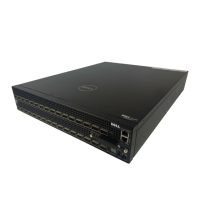
